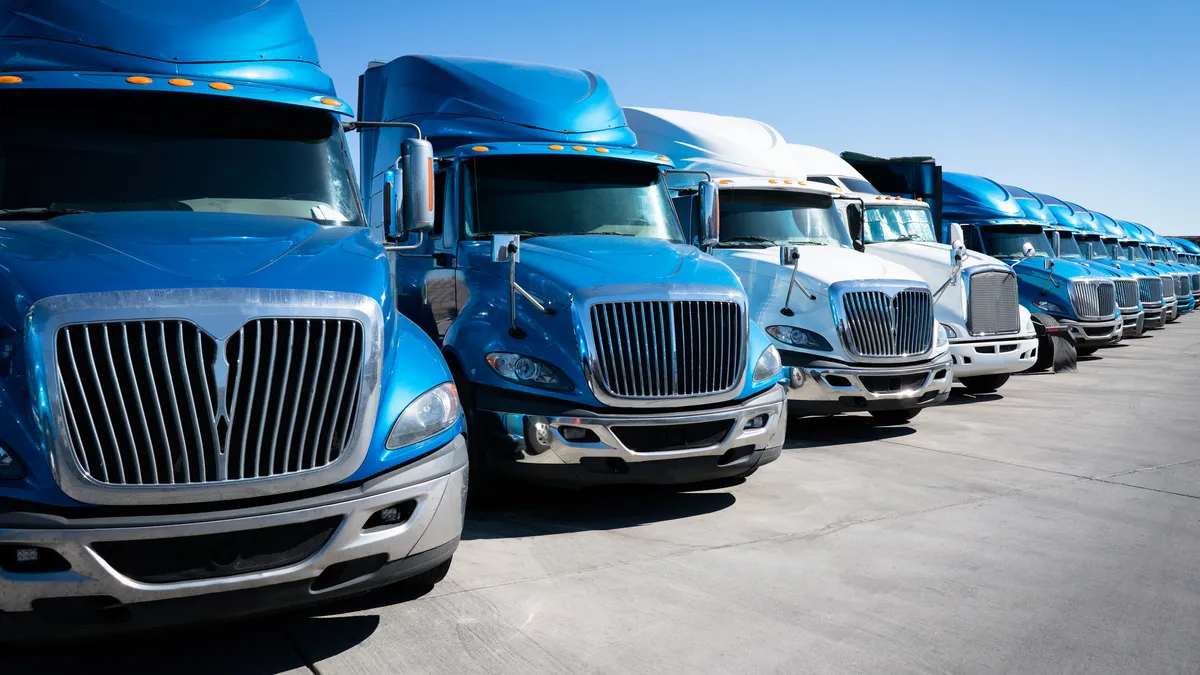Paccar and Ryder System are noting a major emissions update from the Environmental Protection Agency will likely spur more purchasing of older trucks.
The EPA’s phase three greenhouse gas emission standards, set for model years 2027 and beyond, are setting tougher standards for heavy-duty manufacturers, but many carriers see that as a signal to buy before the rules take effect.
“The industry is generally expecting some level of pre-buy activity, given the expected impact on upfront cost and maintenance cost implications,” Ryder CEO and Chairman Robert Sanchez said on an April 23 earnings call.
He said pre-buy activity could begin as soon as late 2025, mirroring previous trends in which fleets buy equipment a couple of years before a mandated change occurs.
Paccar echoed those remarks, projecting strong years in 2025 and 2026.
“The question that everybody is kind of trying to figure out is when will that start and how significant will that initiation point begin,” CEO Preston Feight said on an April 30 earnings call.
In comments to the EPA last year, the National Automobile Dealers Association warned the agency that new emissions rules can be counterproductive to regulations’ goals because of pre-buy activity, where carriers want to avoid issues such as higher costs of the new equipment. In the past, many fleets held onto their older trucks for longer than they otherwise would have, and others turned to the used truck market, the association said.
The EPA’s previous research on pre-buys, however, would indicate a shorter timeline. Pre-buy and suppressed or delayed purchasing is limited to “one year or less before” a regulation’s implementation, according to that research. That research paper suggested an even tighter timeline of eight months as the maximum period in which significant change occurred.
A joint bill, introduced last week before the House and Senate, is calling for the EPA’s phase three measure to be revoked. Trucking groups say the Congressional Review Act overturn is a must.
“The American Trucking Associations opposes EPA’s GHG3 rule in its current form because the post-2030 targets remain entirely unachievable given the current state of zero-emission technology, the lack of charging infrastructure and restrictions on the power grid,” ATA Chief Advocacy and Public Affairs Officer Ed Gilroy said in a statement.
Todd Spencer, president of the Owner-Operator Independent Drivers Association, noted that small business truckers make up 96% of the trucking industry and “could be regulated out of existence if the EPA’s misguided mandate comes into effect.”












